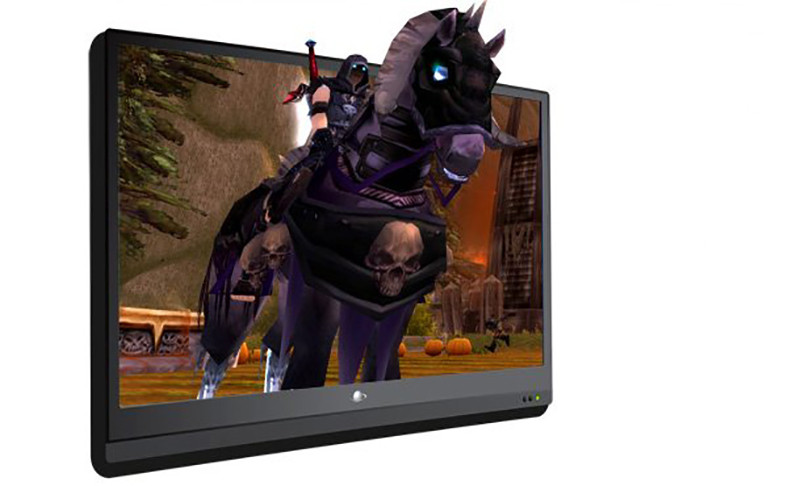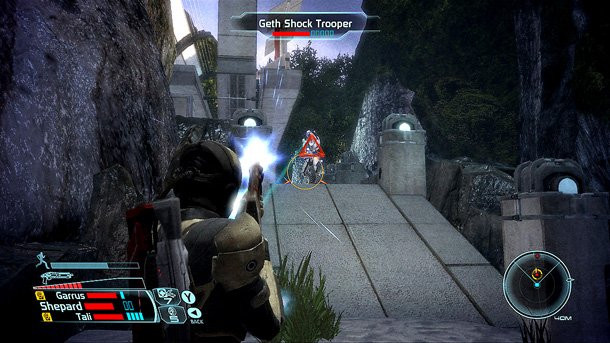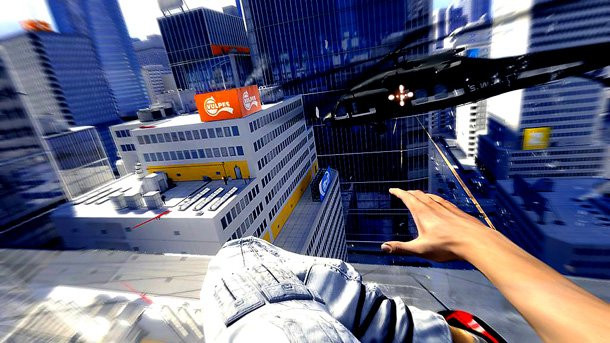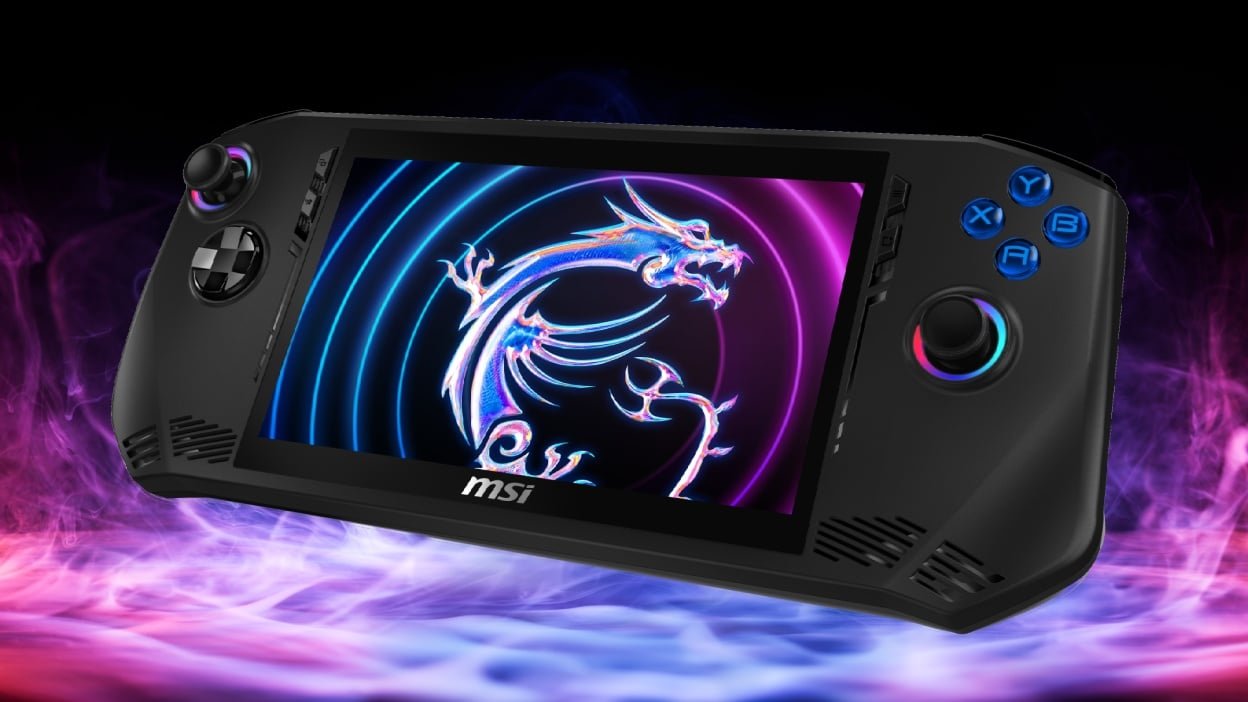According to Dreamworks Animation CEO Jeffrey Katzenberg, three revolutions have ocurred in the film industry: the introductions of sound, color, and now 3D. Katzenberg stumped for the 3D cause in a worldwide tour in advance of this spring’s Monsters vs. Aliens. Starting with this movie, all Dreamworks animated features will be made and released in 3D (Pixar has made a similar vow). But for all of the campaigning to get the industry and the public behind 3D in theaters, he also looks further down the road to 3D’s further widespread acceptance in the home, proclaiming that “3D in the home will be led by gamers.”
James Cameron, director of the blockbusters The Terminator, Aliens, and Titanic, has been beating the 3D drum for years with his long-in-production epic, Avatar. He, too, is championing video games as the next level in 3D, calling them “the ultimate immersive media.” He adds that the Ubisoft-developed game based on Avatar is already running in 3D on standard Xbox 360 development kits.

Despite all of this talk about the 3D future of gaming, many PC gamers have been playing in 3D for quite some time. “In the news, 3D is talked about like it was just invented yesterday, but in practice it’s been around in gaming at least for well over 10 years,” says Neil Schneider, CEO of Meant to be Seen, a 3D gaming advocacy organization. For years, graphics vendor Nvidia has offered drivers that automatically create the illusion of depth on most games, and are compatible with a wide variety of specialized monitors and glasses.
Drop files to upload

In its most basic sense, simulated 3D is made possible by layering two slightly different images (one from a left eye perspective and one from the right) on top of each other. Some type of filter either onscreen or in glasses ensures that each eye gets its intended separate message. The brain combines these mixed signals into a single stereoscopic 3D image.
In the midst of higher resolution, decreased cost, and faster LCD refresh rates, two major hardware players have emerged with varying approaches to 3D: iZ3D and Nvidia. Over the last couple years, iZ3D has gained steam with its custom polarized LCD monitors and passive glasses. Its 22-inch display has recently dropped from $999 to a more mass-market friendly $399. The company’s own library of drivers is compatible with most modern games, and iZ3D is able to run its tech on both ATI and Nvidia graphics cards.
Nvidia jumped into the hardware game with its own GeForce 3D Vision shutter glasses in January ($199). Due to its long history of crafting 3D drivers, over 350 modern games already feature 3D effects using this technology.
However, there is a clear difference between driver-calibrated 3D effects and games developed with 3D in mind. “The driver is, I think ‘hack’ is a strong word, but the driver is a stop-gap measure to make 3D possible today,” Schneider says. “Long term, we want to see the game developers support 3D right out of the box without additional drivers being necessary.”
World of Warcraft developer Blizzard recently issued a patch for Nvidia’s glasses to smooth out how 3D effects are presented. This approach allows for out-of-screen effects, whereas driver-crafted 3D is more like looking into a dimensionalized world through a window that can’t be breached. We played WoW and several other games with Nvidia’s shutter glasses and Samsung’s 120Hz display, and the effect is impressive. Full high-resolution textures, spot-on colors, and a complete lack of flicker (a problem with older shutter glasses) make you feel like you’ve taken a step closer to the in-game world. Highlights include looking through the sniper scope in Mass Effect, taking that fateful car trip in Call of Duty 4, and riding a zip-line between two buildings in Mirror’s Edge. While the native 3D support gives WoW an obviously more sophisticated look, all of the games suffer from the same double-edged sword. To get a more satisfying 3D effect, it’s tempting to bump up the depth settings. This puts you at a higher risk of double-image ghosting and going cross-eyed while switching from far away viewing to looking at something close up (i.e. shooting from the hip to iron sight aiming). While the experience wasn’t perfect, we did find ourselves missing the depth when returning to normal gaming.

Stereoscopic 3D could be an option for console gamers as soon as this year; iZ3D had 3D prototypes at the most recent Consumer Electronics Show running on PlayStation 3, Xbox 360, and Wii. The company plans to release the console-specific polarized monitors in late summer. “It’s exactly the same monitor that you see right now [for PCs], but the only difference is it will have a special board built in to make sure it’s compatible with consoles,” says David Chechelashvili, iZ3D’s marketing VP. “Basically, the biggest obstacle we have with game consoles is that they have just one output. With PC you can get the graphics card with two outputs. So we need a way to design a board to take one signal and to extract it to two.” This monitor-integrated board will contain iZ3D’s library of 3D drivers to make it work out of the box with most already released console games.
iZ3D has reached out to all three major hardware manufacturers to mixed results. “Microsoft is being the most responsive out of the three. We are talking with them and they are ready to support us,” Chechelashvili says. “Sony also realizes it’s the future, but they’re working alone on that,” Indeed, Sony showed 3D videos of Gran Turismo 5 Prologue, Motorstorm: Pacific Rift, and Wipeout HD at CES using protoype displays combined with RealD’s polarized glasses, but declined to comment for this story on any future 3D plans involving the PS3. “The Wii has always been the most simple out of the three, so its games are not as graphics intensive [which makes them] a little bit behind in 3D,” says Chechelashvili. “In my opinion, it’s most impressive with the games that are more graphics intensive. However, we had a frisbee game on the Wii and it was very impressive. The disc was coming out of the screen.”
With or without support from the big three, iZ3D can move forward with its plans regardless since all of the 3D tech is outside of the consoles themselves. Blitz Games is taking a different approach from the software angle that would write 3D into the games themselves. Blitz co-founder and CTO Andrew Oliver describes the tech behind the company’s 3D demo that was running on PS3 and Xbox 360 at December’s 3D Entertainment Summit in Los Angeles. “We developed the game in normal 3D, but then rendered the whole view twice from two slightly offset cameras,” Oliver explains. “These two views were then converted into one view in the required display format.” Blitz’s tech requires 1080p resolution to work and games must run at 60 frames per second. On top of this, gamers must be sure they have a 3D-ready DLP TV from Mitsubishi or Samsung that supports shutter glasses or certain 3D PC monitors. “We do hope to be releasing games with 3D as a feature in the menu option,” Oliver says. “However, with 3D screens fairly new to the market and many different standards available, it is extremely complicated. We’re talking to all the major players about how to best tackle these issues.” He says that Blitz is already developing a 3D game adaptation of an upcoming animated 3D movie, and that other developers are already licensing its 3D tools.
It looks like this March’s Game Developers Conference in San Francisco could be the unofficial coming out party for 3D console gaming. Oliver is giving a talk titled “Console Games are Entering a New Dimension,” and Chechelashvili will offer a tease of iZ3D’s plans. “I cannot talk a lot about this, but there are a couple of game developers that will be supporting 3D natively.”
